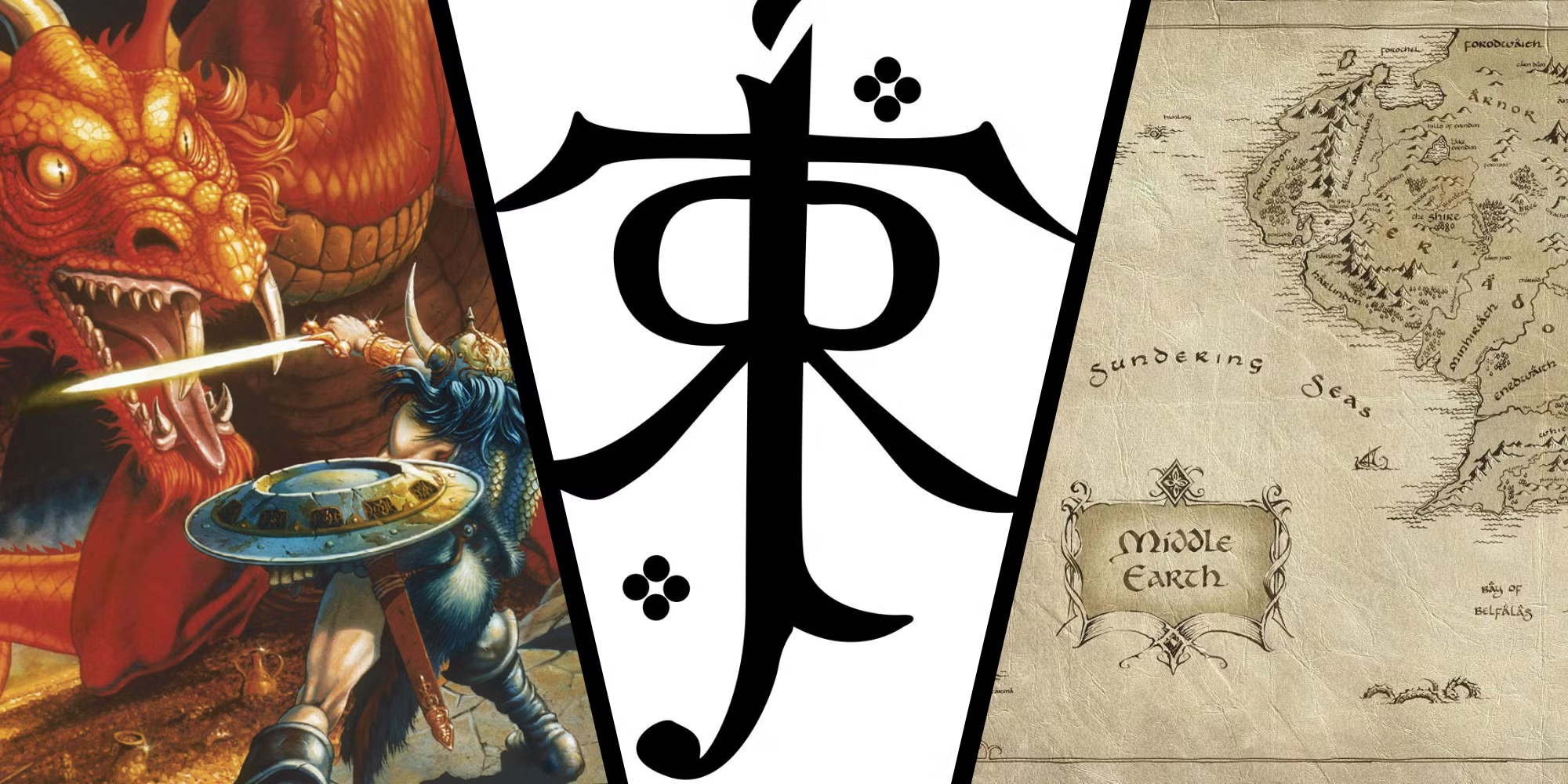A Story That Changed the Map of Imagination
When “The Fellowship of the Ring” hit the shelves in the 1950s it did more than introduce a story. It redrew the map of what fantasy could be. Tolkien did not just build a world. He gave it language lore and a pulse.
Middle-earth was not stitched together overnight. It grew from Tolkien’s deep roots in mythology and philology. Every hill and mountain had a reason to be there. Every name held meaning.
Unlike many fantasy tales that chase drama through endless battles and flashy powers this story dug into something deeper. Friendship, loyalty burden and choice. The slow journey across wild lands was not just about moving the plot forward. It was a way to show how even the smallest act carries weight. There was a time when dragons and dwarves felt like bedtime stories. Then Tolkien made them walk and speak and fight with conviction.
Characters That Feel Real Even When They Are Not

There is something strange about how real these characters feel. Frodo and Sam do not wear capes or fly through the sky. Their strength is in what they endure not what they conquer. Aragorn is not a flawless hero. He doubts himself. He hides from his destiny. That tension makes him human. Even Gollum with his split mind and whispered cravings is hard to look away from.
Women in the story stand quiet but strong. Galadriel sees more than she says. Éowyn swings a sword that breaks fear itself. Their moments do not need loud fanfare to stand tall. And Gandalf though cloaked in mystery never feels distant. His wisdom is grounded in warmth not cold riddles. It is the kind of story that treats each character as more than a tool to move things forward. They all carry something on their shoulders. Sometimes it is just the weight of choice.
The story does not push morals in bold print. It trusts the reader to find them among the ruins of war and the flicker of hope in dark places. This quiet confidence is part of why it still stands tall today.
The Roots That Run Deep and Keep Growing

Fantasy before Tolkien often hovered around fairy-tale lands with thin plots. With “The Lord of the Rings” fantasy gained a backbone. It became a space where language culture and politics could unfold like history. Tolkien made readers walk with characters not just watch them. They crossed lands that felt ancient. They faced decisions that rang true to real-life struggles.
That influence still echoes in books long after. Worlds with maps now feel like a must. Writers lean into invented languages and family trees that stretch back centuries. Yet the magic of Middle-earth is not just in its detail. It is in how all those layers serve the story rather than slow it down. That balance is hard to strike. Few have managed it since.
This brings up how reading habits evolve with time. Libraries shift shelves and screens share the space. While Project Gutenberg and Anna’s Archive lean on archives, Zlibrary pushes browsing to the front. Its layout makes wandering through fantasy titles feel a bit like strolling through Rivendell’s libraries with no time ticking behind.
Four Ways the Story Keeps Its Fire Burning
Before moving forward take a look at what keeps Tolkien’s world alive even after decades of new stories and screens:
● It Does Not Rush
Unlike many stories that sprint to the next plot twist this one takes its time. The journey unfolds through forests songs dreams and silence. That pacing teaches patience and builds tension. It reflects real life where change comes slow and often unnoticed until it shapes everything. Every pause between battles adds breath to the tale.
● It Trusts the Reader
There is no spoon-feeding. The story opens gates but does not hold hands. Readers fill the gaps. They feel the pull of the ring without being told what it means at every turn. That space invites thought rather than noise. It respects those who come to the page with their own eyes and minds.
● Its World Holds Memory
Middle-earth remembers. Old wounds still shape its people. Ancient songs echo through new voices. Even places left behind feel present in what comes next. That weight of memory gives the story depth that stretches beyond the plot. The world itself feels alive not just described.
● It Speaks Quiet Truths
Power fades. Love endures. The smallest person can shift the course of things. These ideas never shout. They whisper through action. They show rather than tell. That quiet power lodges deep in readers’ minds without needing to scream for attention.
Tolkien did not write a fantasy to escape the world. He built one to reflect it. That mirror still holds.
Still Walking After All These Years
Some stories burn bright and fade. Others settle into the bones of culture and stay. “The Lord of the Rings” does the latter. It keeps finding new readers not through flashy marketing or modern tweaks but through the quiet force of its truth. It remains proof that a slow walk through a well-built world can leave footprints that do not wash away.
Every time someone opens the first page and steps onto that winding road out of the Shire the story begins again. And each journey though the same at heart feels different with new eyes. That is not just good writing. That is enduring brilliance.







